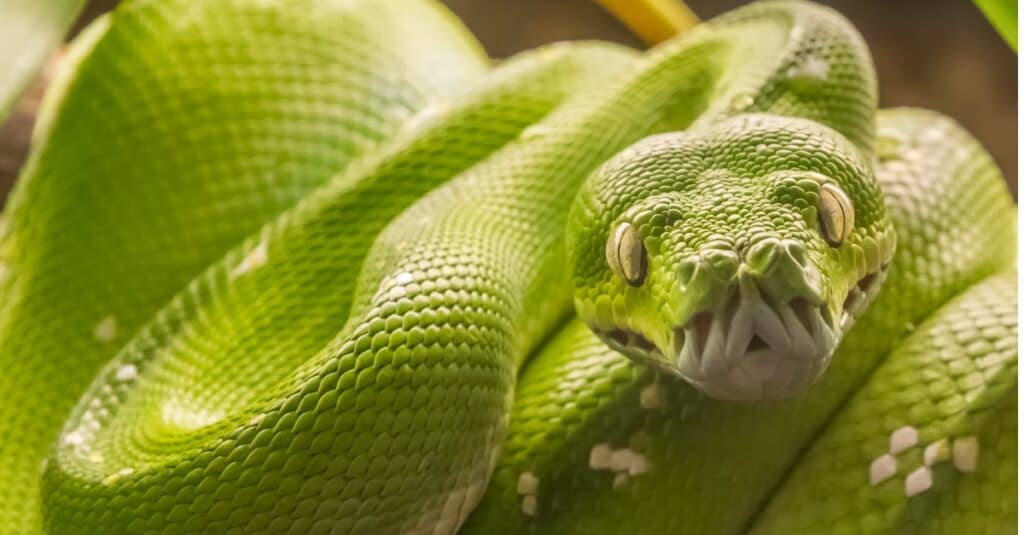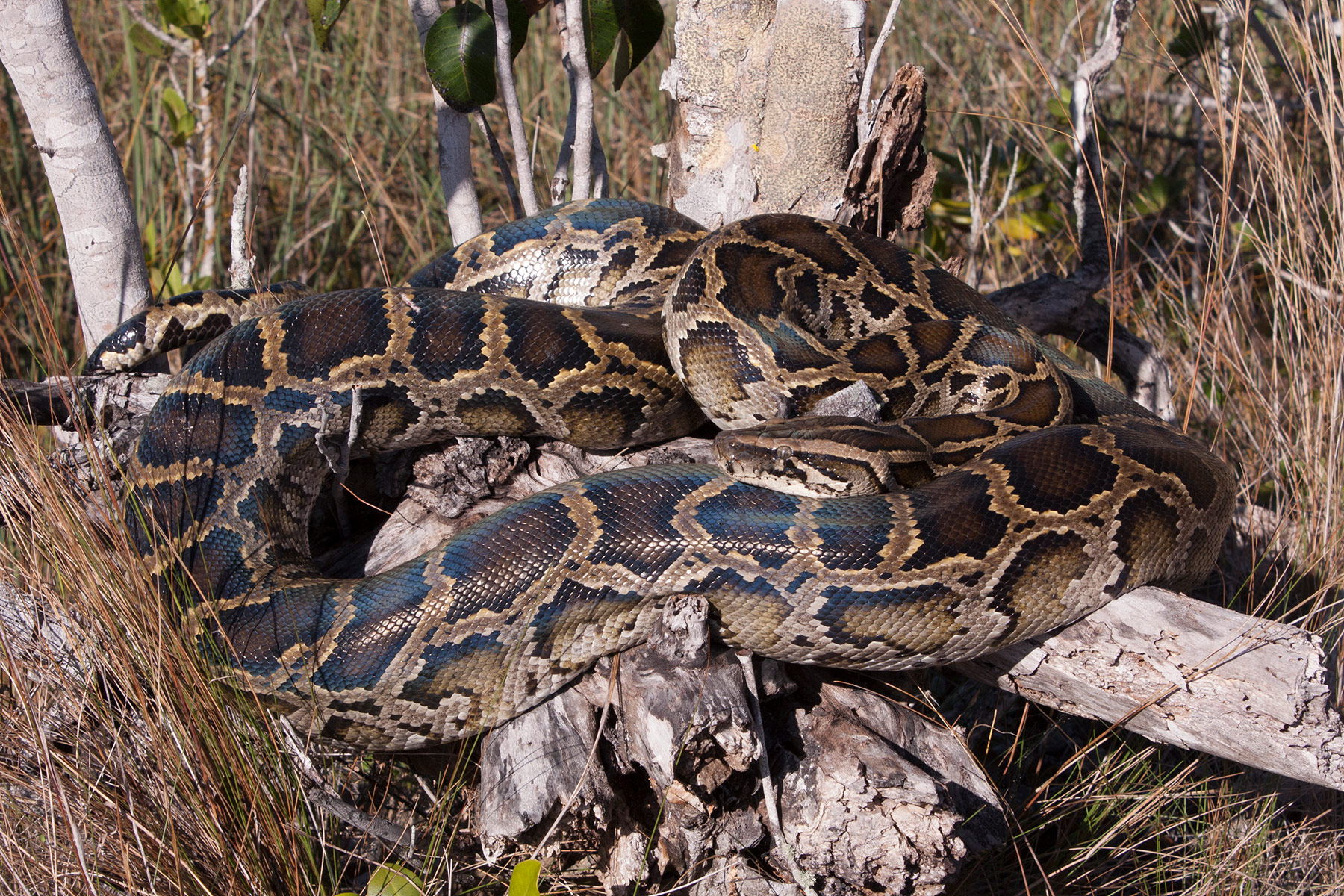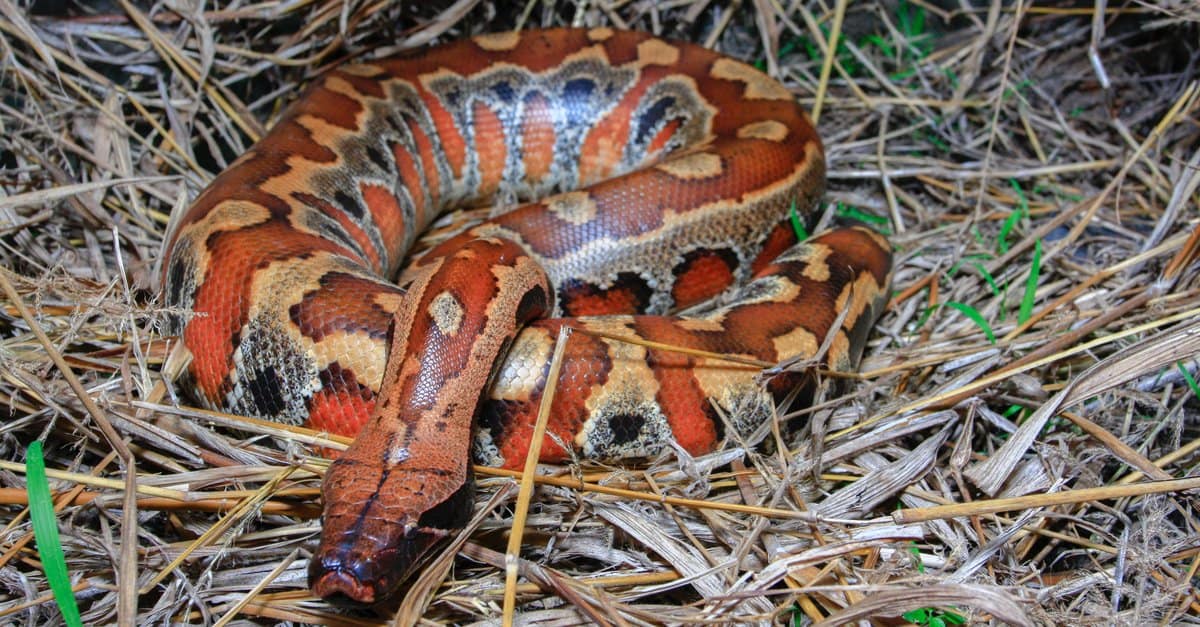Are you captivated by the allure of the wild, drawn to the mysteries that slither beneath the surface of our world? Then prepare to delve into the enigmatic realm of pythons, creatures of immense power and surprising complexity.
The time it takes to watch a single episode of a popular television drama can be a chilling comparison. It's roughly the same amount of time a reticulated python requires to potentially end a human life, by the act of constriction. Cornell University professor notes that death can be swift, a grim reality in the world of these powerful constrictors. Pythons, unlike their venomous cousins, rely not on poison but on their sheer physical prowess to subdue their prey. This difference, while significant, shouldnt diminish the inherent danger they pose.
The following table provides a detailed look at the main types of pythons discussed in this article, their key characteristics, and habitat information:
- Luka Doni Net Worth Salary Latest Updates Earnings 2024
- Unveiling Hp Lovecrafts Cat Name Controversy Legacy
| Python Species | Key Characteristics | Habitat | Potential Risks |
|---|---|---|---|
| Reticulated Python (Malayopython reticulatus) | Largest snake species; known for its impressive length (can exceed 20 feet); powerful constrictor. | Southeast Asia, including Indonesia, Philippines, and Vietnam. | Highest risk due to immense size and constricting ability; potential threat to humans. |
| Burmese Python (Python bivittatus) | Large size; strong constrictor; found in various color morphs; often kept as pets. | Originally from Southeast Asia; invasive in Florida Everglades. | Can pose a threat due to size and constricting ability; potential risk to pets and children. |
| Indian Rock Python (Python molurus) | Large constrictor; can reach lengths of over 20 feet and weigh up to 100 kilograms. | India, Pakistan, and Nepal. | Constricting ability; potential threat to humans and animals. |
| Carpet Python (Morelia spilota) | Medium-sized; arboreal (tree-dwelling); known for their diverse patterns and colors. | Australia, New Guinea, and nearby islands. | Generally less dangerous, but bites can occur; primarily a threat to smaller animals. |
| Ball Python (Python regius) | Smaller size; docile nature; popular as pets; known for curling into a ball when threatened. | West and Central Africa. | Not venomous; poses a lower risk than larger pythons, but bites can still occur. |
For additional information and resources, please consult the Britannica article on Pythons.
Pythons, the iconic constrictors, are often associated with both fascination and fear. Their presence can inspire fashion trends and spark the interest of pet owners across the globe. However, the reality of keeping a python, especially a large one, demands careful consideration. Although their origins lie in Asia and Africa, these adaptable creatures are now found throughout the world, a testament to their resilience and adaptability.
The idea of a pet python is not inherently dangerous, but it does require significant responsibility. Careful handling, knowledge of their behavior, and awareness of the environment are crucial for the safety of both the snake and the humans around them. Factors such as the python's socialization, the experience of the handler, and the presence of children or pets all contribute to the overall risk assessment.
- Freakbob Meme The Latest Trend Explained
- Beth Stelling Revealing Abuse Her Career Latest Updates News
Burmese pythons, often kept as pets, exemplify the potential for danger due to their impressive size, immense strength, and their natural ability to constrict. While they can be docile when properly handled and cared for, their potential to cause injury or even death should never be underestimated, particularly as they grow. Risks are amplified when children or other pets are present.
Several crucial factors warrant closer examination. First and foremost, pythons are large snakes, and handling them incorrectly can have dire consequences. Then, there's the matter of escape. Pythons are notorious escape artists, and when they do manage to break free from their enclosures, they pose a significant threat to the surrounding humans and animals.
While pythons are not venomous like the infamous black mamba, whose venom can be deadly in minutes, they are still deadly creatures. They capture and subdue their prey through constriction, relying on their physical strength to coil around the animal and suffocate it. This method, while effective, poses its own set of risks. It is important to note, however, that any animal bite can become infected, and proper wound care and medical attention should be sought if necessary.
Consider the indian rock python, capable of reaching lengths of 20 feet and weighing up to 100 kilograms. Their sheer size alone makes them a force to be reckoned with.
Carpet pythons, scientifically classified as Morelia spilota, are found in Australia, New Guinea, and surrounding regions. They are remarkably adaptable, thriving in diverse habitats, including forests, woodlands, and even urban environments. These snakes are skilled climbers, often found in trees, either hunting or simply resting.
Ball pythons, a popular choice among snake enthusiasts, have gained prominence due to their calm demeanor, manageable size, and ease of care. However, the question often arises: are ball pythons venomous and dangerous to their owners? The answer is a definitive no. They lack venom glands and fangs, and their primary means of capturing prey is through constriction.
In the realm of dangerous snakes, the varieties that pose the greatest health risks to humans vary geographically. The African continent, for example, is home to some of the most venomous species, including the black mamba, the puff adder, and carpet vipers. In contrast, pythons, while not venomous, represent a risk through their size and constricting power, particularly for young children and pets. These snakes, found across Asia, Africa, and Australia, are classified as old-world snakes, as they are not native to North or South America.
According to Guinness World Records, the world's largest snake in captivity is a reticulated python named Medusa, residing in Kansas City, measuring over 25 feet in length. This record highlights the impressive size these creatures can attain.
The significance of understanding these magnificent creatures cannot be overstated. Knowledge about the characteristics, behaviors, and potential risks associated with different python species is essential for safe coexistence. Proper handling techniques, secure enclosures, and responsible pet ownership are critical for preventing injuries and promoting the well-being of both humans and pythons.



Detail Author:
- Name : Clifton Schaefer I
- Username : tjohnston
- Email : zhamill@crona.com
- Birthdate : 1983-08-05
- Address : 85267 Schinner Orchard Suite 956 Port Vincent, IL 15061-2827
- Phone : 323-496-8334
- Company : Greenholt Inc
- Job : Medical Sales Representative
- Bio : Perspiciatis cum nihil cum non quis minima. Libero placeat fugiat quia iure harum ex quod. Dolor alias aperiam earum vel aliquam quam corporis fugiat. Rerum corrupti aut ut recusandae qui ea.
Socials
facebook:
- url : https://facebook.com/riley.oberbrunner
- username : riley.oberbrunner
- bio : Aut magni id dolorum consequatur quaerat dolores. Quidem doloribus quis ea et.
- followers : 5122
- following : 1080
twitter:
- url : https://twitter.com/oberbrunnerr
- username : oberbrunnerr
- bio : Ipsum eveniet sint id et sit at sunt. Vel debitis quia veritatis non aut et. Sapiente minus veniam optio pariatur.
- followers : 4985
- following : 750
instagram:
- url : https://instagram.com/rileyoberbrunner
- username : rileyoberbrunner
- bio : Explicabo eos eum natus esse. Rerum aut quam sunt placeat et.
- followers : 3344
- following : 836